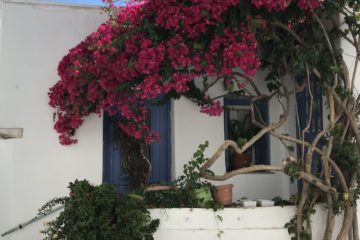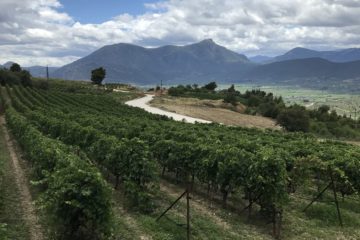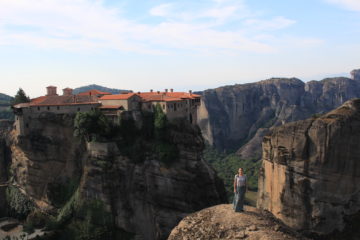After a short flight from Udaipur to Mumbai, we began our last stop in India in its largest city (even larger than Delhi). Mumbai also happens to be the most expensive city we visited in India, and after some unsuccessful hotel searches we settled on an Airbnb for our accommodations. The apartment worked out well, except that it was in a fairly far-flung neighborhood of the city well away from the tourist areas (which we had not realized when we booked). [Editor’s note: One perk of this fact was that it was a totally normal, non-touristy neighborhood, so we were able to just feel like we were in a regular part of life. Nobody gawking at us. Nobody trying to haggle or scam us. Just regular routines. It was refreshing.] That was annoying, but luckily Uber is everywhere and incredibly cheap in Mumbai, so we were able to simply call for cars whenever we wanted to go anywhere. [Editor’s note: It was also in a sorta sketchy looking building which ended up being totally fine. It was also just nice to be in a proper apartment instead of a hotel or hostel room for once. It was nice to be able to have semi normal domestic mornings where we made coffee, ate cereal and lounged in a living room. It sounds so normal and basic, but these are everyday things that we’ve grown to miss a bunch.] Our primary purpose of hitting Mumbai was to see my college friend Avanti, as well as a former coworker of mine who also happened to be there at the same time. We hadn’t really planned on doing any standard touristy stuff, but ended up finding some fun activities and seeing more of the city than we had intended to in the end.
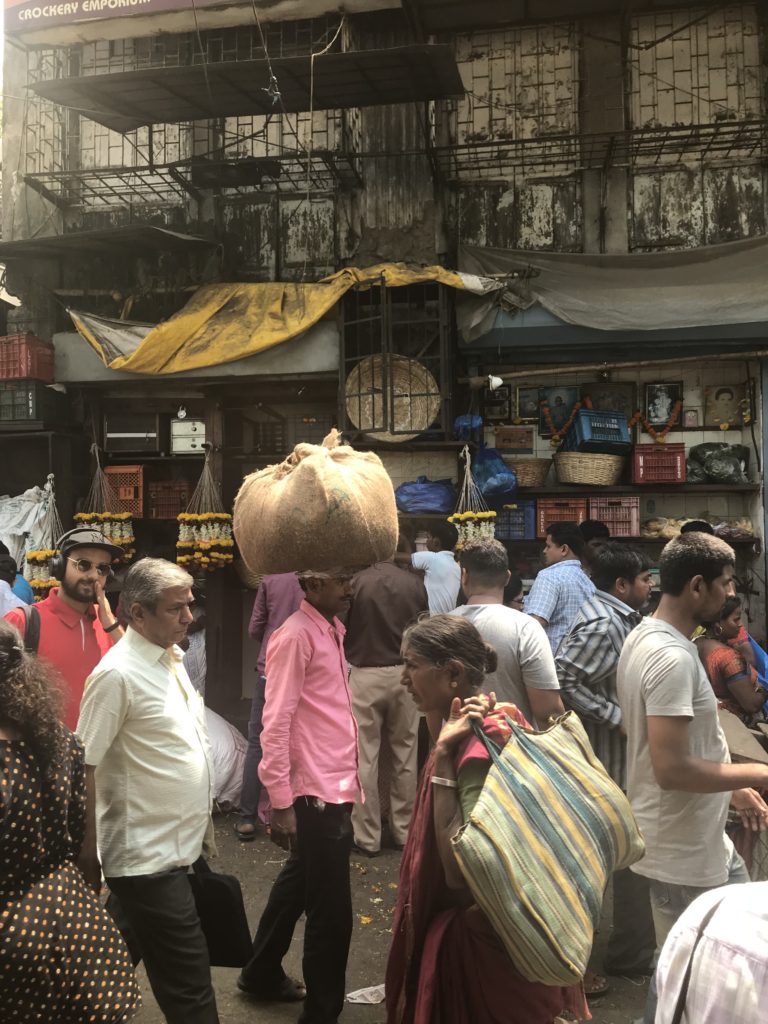
A street scene in Mumbai.
We first found a walking tour that was billed as a market/food tour through a neighborhood called Dadar, an area with a primarily local population of the Maharashtra people (also the name of the state that Mumbai is located in), as opposed to the rest of the city which is largely composed of transplants from the rest of India and the world. Our guide was a lovely woman who has a son about our age who lives in the USA, so she clicked with us immediately. While the markets and the food weren’t particularly spectacular, it was an incredibly nice time just talking to her about life in India as compared to the USA, learning about what things had been like for her generation versus ours, and getting a first-hand account of how things have changed culturally throughout her life. We felt that we could ask her anything, including things we’d been unable to ask anyone else during our time in India. (Why do they always bring a plate of cut onions to the table with food? (It’s believed that onions absorb germs.) Is it offensive when western tourists wear sarees? (No.) Is there online dating in Mumbai? (Yes.)) All in all, a surprisingly excellent afternoon walking around. [Editor’s note: She was the best. It was like have a super smart, modern mother to just chat with and get insights from. The tour was nothing special, but the conversation made it absolutely worthwhile and enjoyable for us.]
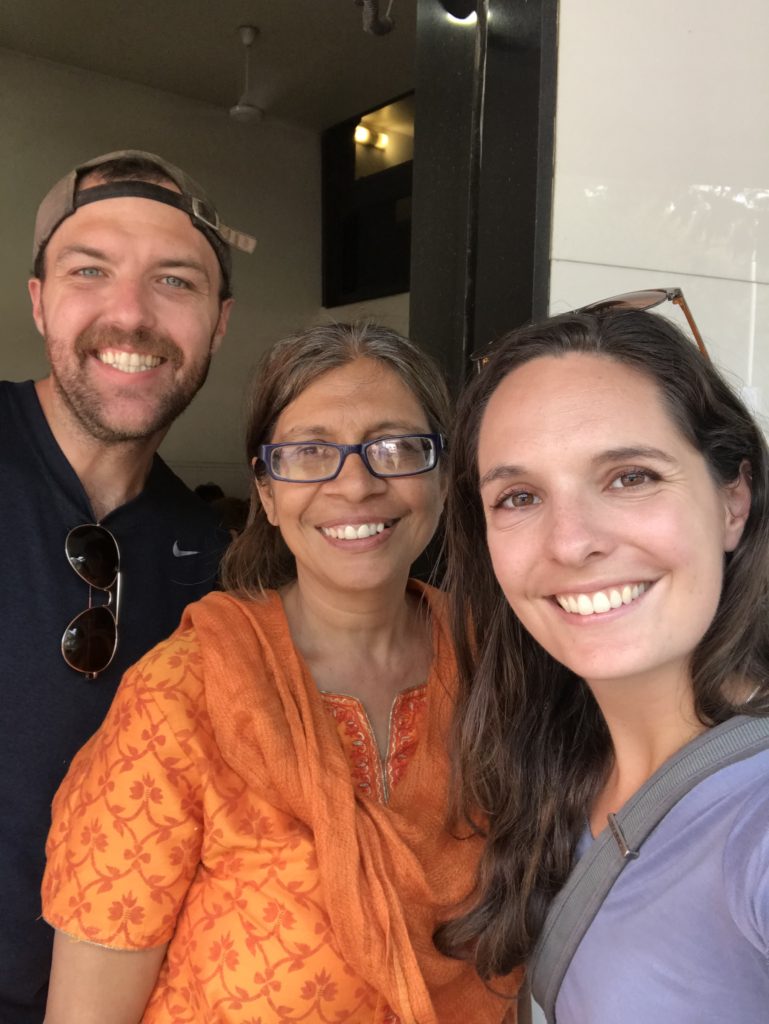
Our adopted Indian mother for the afternoon!
We then met up with my former coworker Adi who took us to see the Gateway of India (a huge ornate archway by the sea that marks where King George V and Queen Mary landed in 1911) as well as a few other sites around the southern part of the city, after which we headed over to Avanti’s house for dinner with her and her parents – our first home-cooked meal since September! [Editor’s note: Both of these things worked out really nicely. It was awesome to do a bit of sightseeing of British-era sights with Adi, as well as to get his perspective on their history and significance. Then, with Avanti’s family, it was just nice to be in a home setting and to have a fresh cooked meal. We couldn’t possibly be any more appreciative to them to give us a flavor of this type of home life, since we’ve missed it a bunch.]
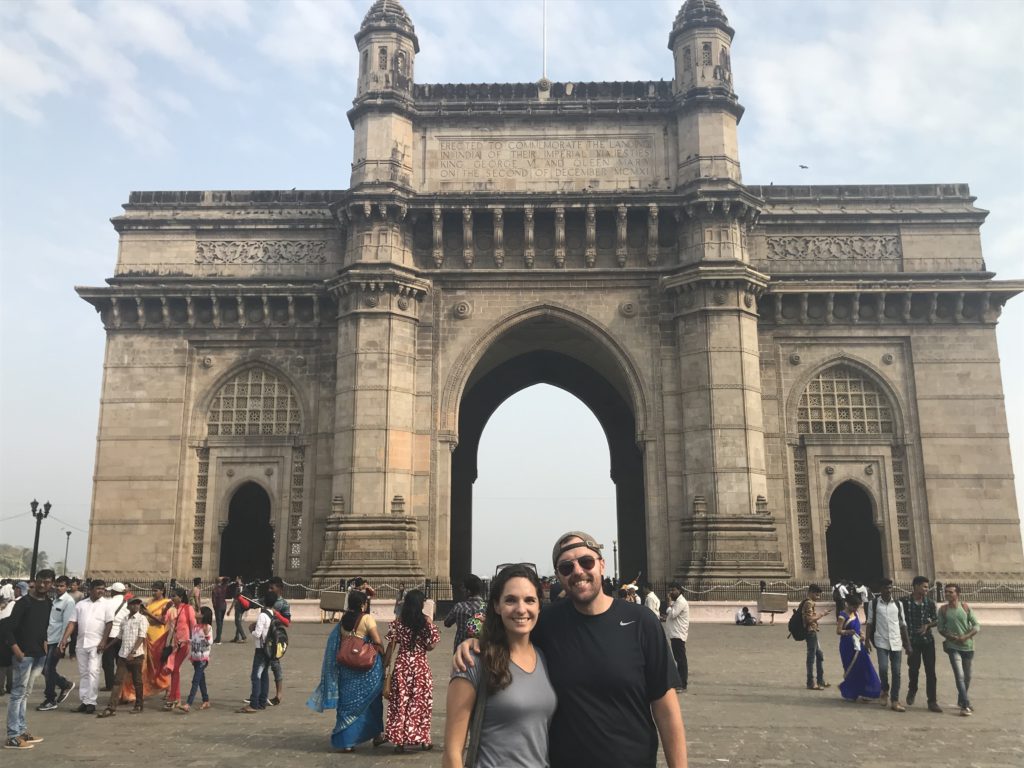
In front of the Gateway of India.
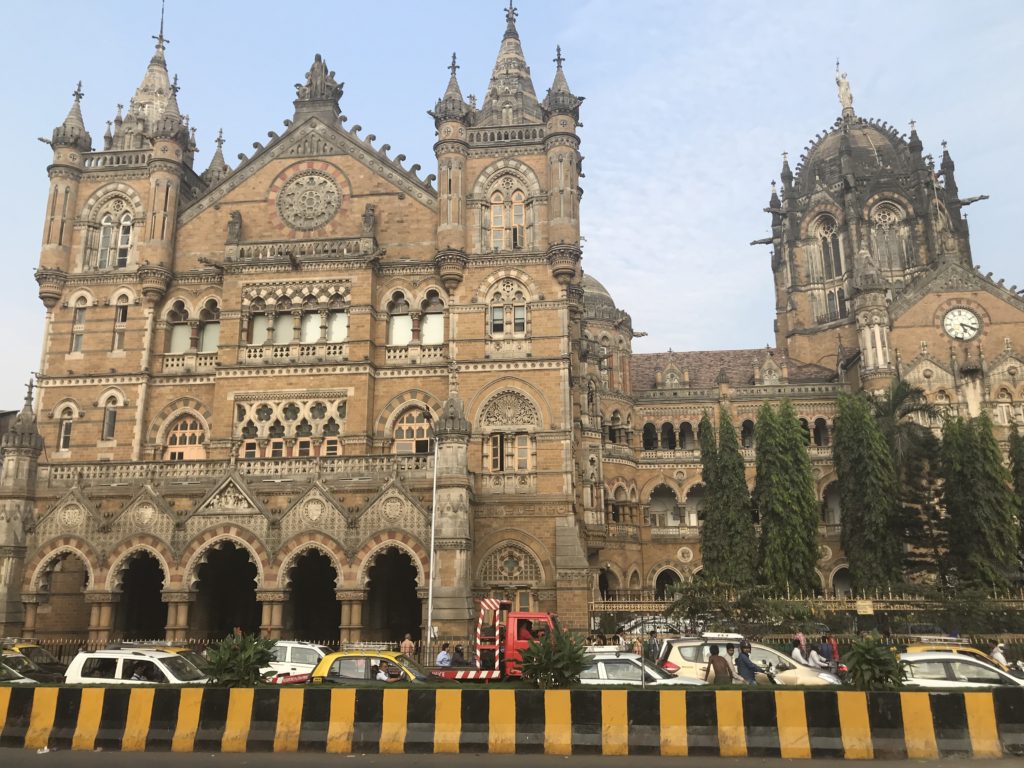
The gorgeous train station – how’s that for impressive architecture?
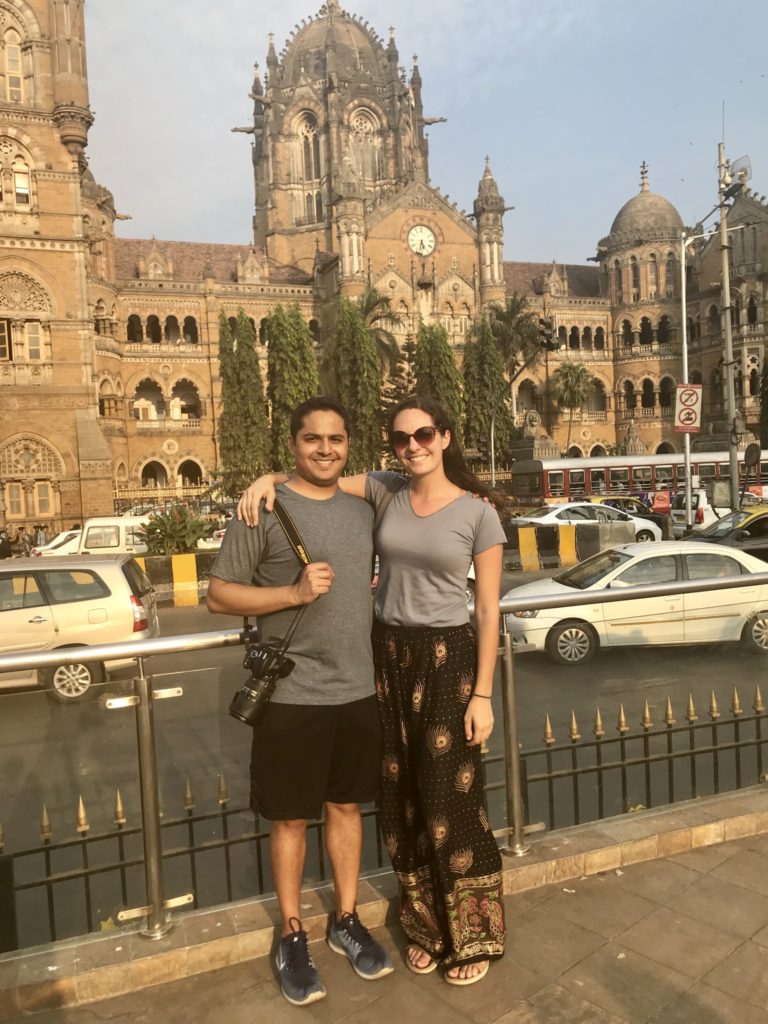
Adi and me in front of the train station.
On our last full day in Mumbai we did a tour of Dharavi, the largest slum in India (and the third-largest in the world) and also the one made famous in the movie Slumdog Millionaire. [Editor’s note: Interestingly, the residents of Dharavi were really angry about the movie because they felt it portrayed their slum in an unfairly negative light, rather than just giving it notoriety. I hadn’t expected that kind of reaction at all!] We found the tour through a couple of travelers we had met in Udaipur who recommended it to us, which has been a great way to find out about things not otherwise on our radar. This particular tour is led by a young man named Mohammed who is a native of Dharavi, and currently uses these tours to put himself through university. Because he lives there, he was able to give us a uniquely local perspective as he led us through tiny back alleyways we never would have seen on a bigger tour, giving us a firsthand account of life in the slum, and saying hello to nearly everyone we passed. I wasn’t sure what to expect but I felt completely safe the whole time, and I really gained a new perspective on the industry and ingenuity of the people who live there. Dharavi has several enormous industries that provide products to the rest of Mumbai and India as a whole, like pottery, soap, and leather products, and is home to India’s biggest plastic recycling system as well. We witnessed countless bags of plastic trash from all over the country being sorted, ground up, and cleaned to be shipped back to plastic manufacturers, which I loved seeing (I’ve been feeling guilty about all the plastic water bottles I’ve been using). Mohammed was clearly proud of his neighborhood, and really wanted to change our ideas of what a slum might be. I’d say he definitely succeeded. [Editor’s note: Totally agreed with Jess here. Most people have this perception of slums as being where people go who are unwilling or unable to work, but that isn’t as much the case with Dharavi. It’s an extremely industrious place where they created commerce for everything. People were working hard in a huge array of fields, which was cool to learn about. Given that a million people live there in a 1.75 sq/km territory, it was remarkable what they were able to accomplish. To be clear, Mohammed didn’t attempt to glamorize the slum or say that life is amazing, but he wanted to destigmatize some of the negative perceptions that people have. Absolutely a worthwhile activity for us to do!]
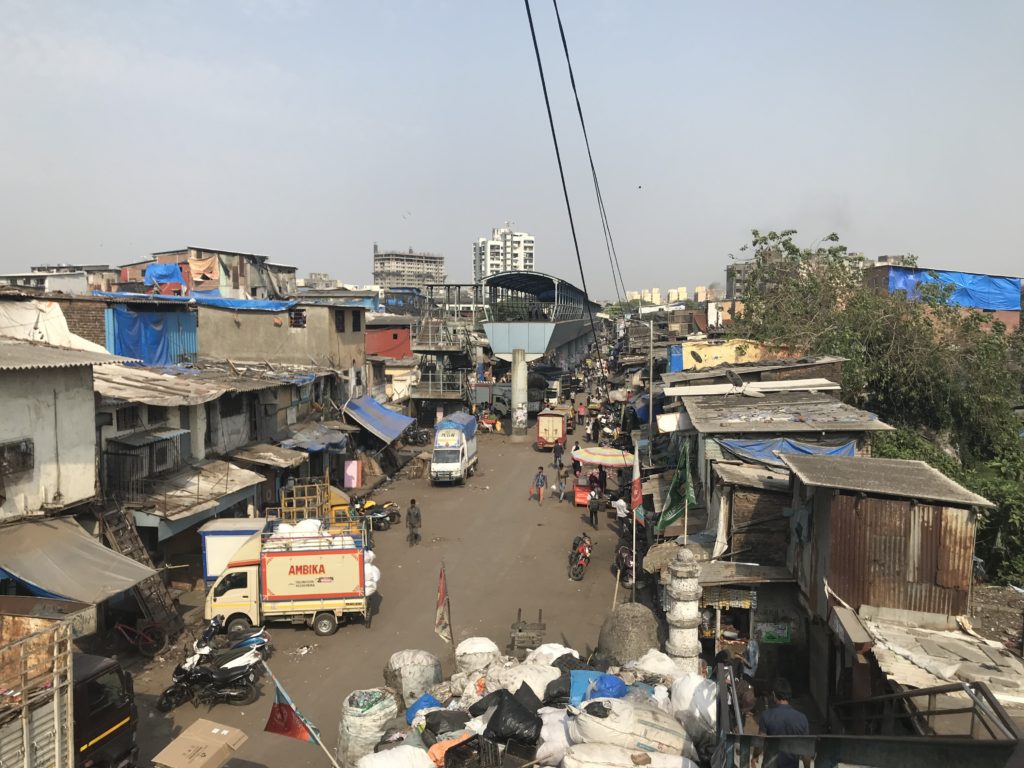
Our first view into Dharavi.
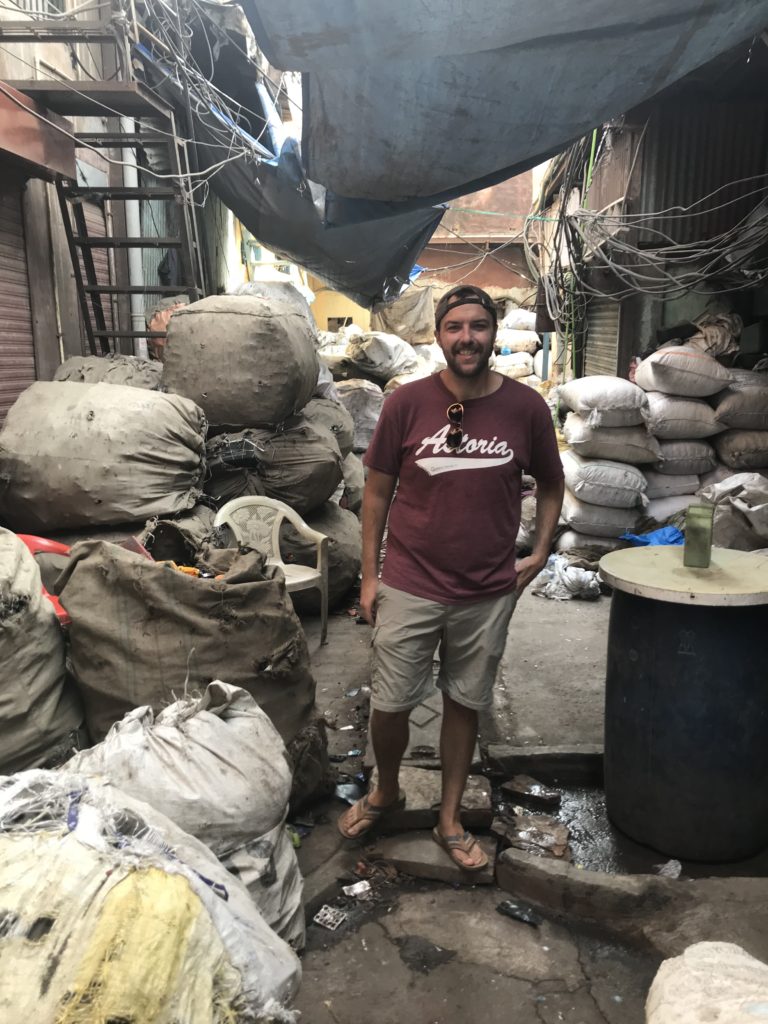
Rorie stands with bags of plastic to be recycled on a street in Dharavi.

Two men sit with their machine for making metal parts for plastic crushing machines in the recycling industry.
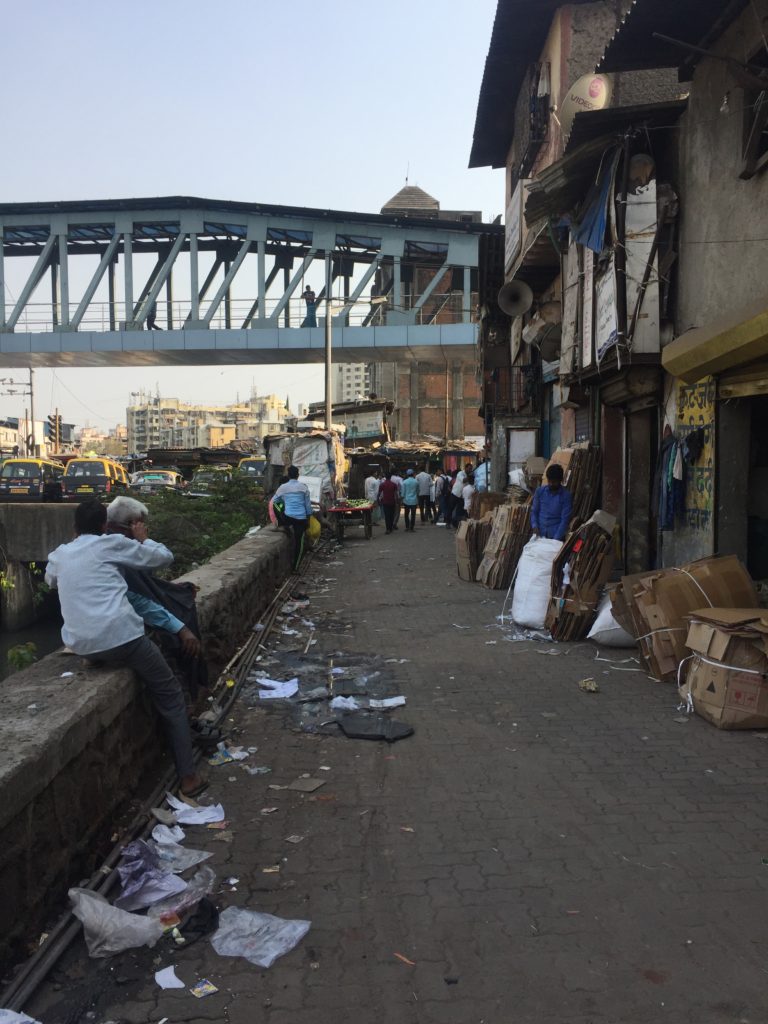
One of the streets filmed in the movie Slumdog Millionaire.
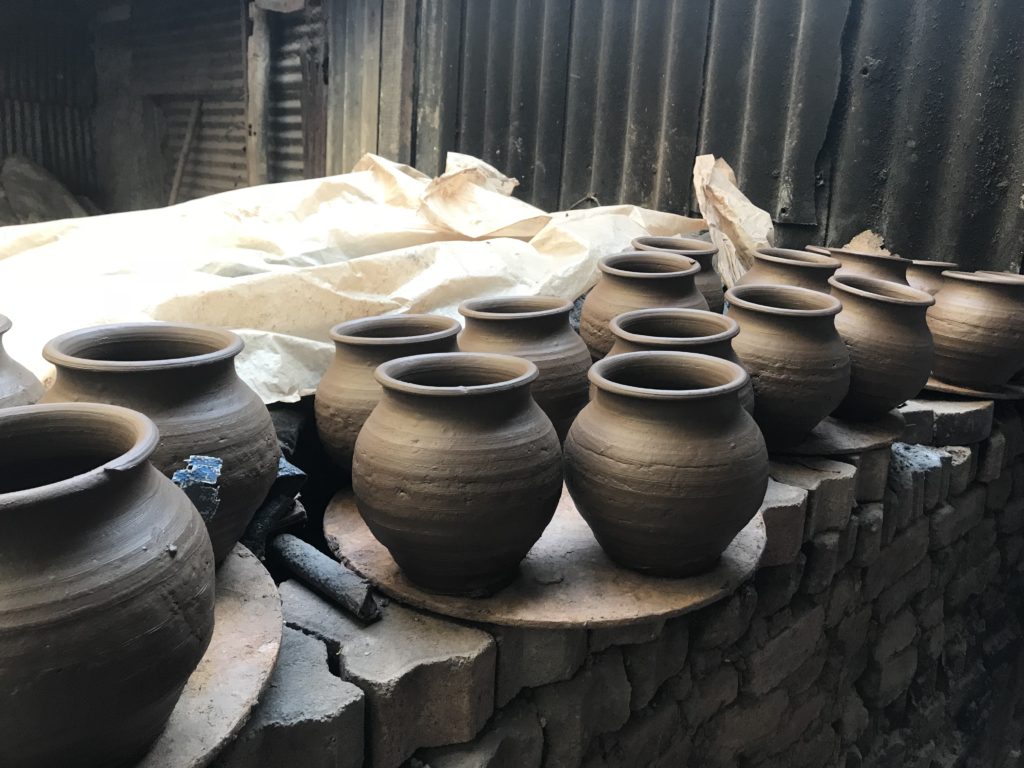
Pottery in Dharavi

With Mohammed, our awesome guide.
After our Dharavi tour, we joined Avanti for a party at her friend’s house that featured two of the things I’ve been missing most on this trip so far: really good wine and cheese. I was so happy. [Editor’s note: My experience with the afternoon was a bit of a mix bag. It was awesome to see Avanti and great to meet her friends for wine and cheese. However, I also broke my flip flop at Dharavi, so was walking around with a gimpy shoe the whole time. Then I banged my baby toe at the house party while trying to walk in my busted flip flops, damn near breaking my toe (instead I just severely wounded it (it still hurts a couple weeks later)). I also suffered from weird allergies in Mumbai (hooray for feeling like my throat was closing!) and caught a cold that kicked my butt. On the whole, it was a weird/rough/nice series of days.] Overall, Mumbai felt really different from the rest of India to me. It was meant as a stop about seeing my friends more than a stop about the city itself, but on the other hand the city itself was also much bigger and more modern and cosmopolitan than anywhere else we’d been in India (especially given that we barely spent any time in Delhi), which was a little jarring after our series of smaller, old historical towns with forts and palaces. We ended up doing more sightseeing than originally planned, which worked out well, and was a nice end to our time in India. Next, we head to the airport to fly to the tropical paradise of Bali, Indonesia for some beach relaxation in our next country!

Avanti and me – hooray for seeing old friends in new places!
